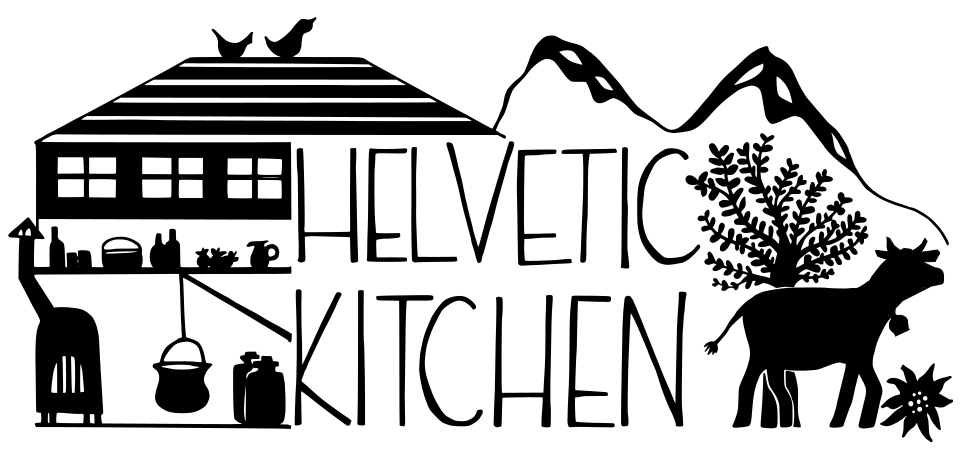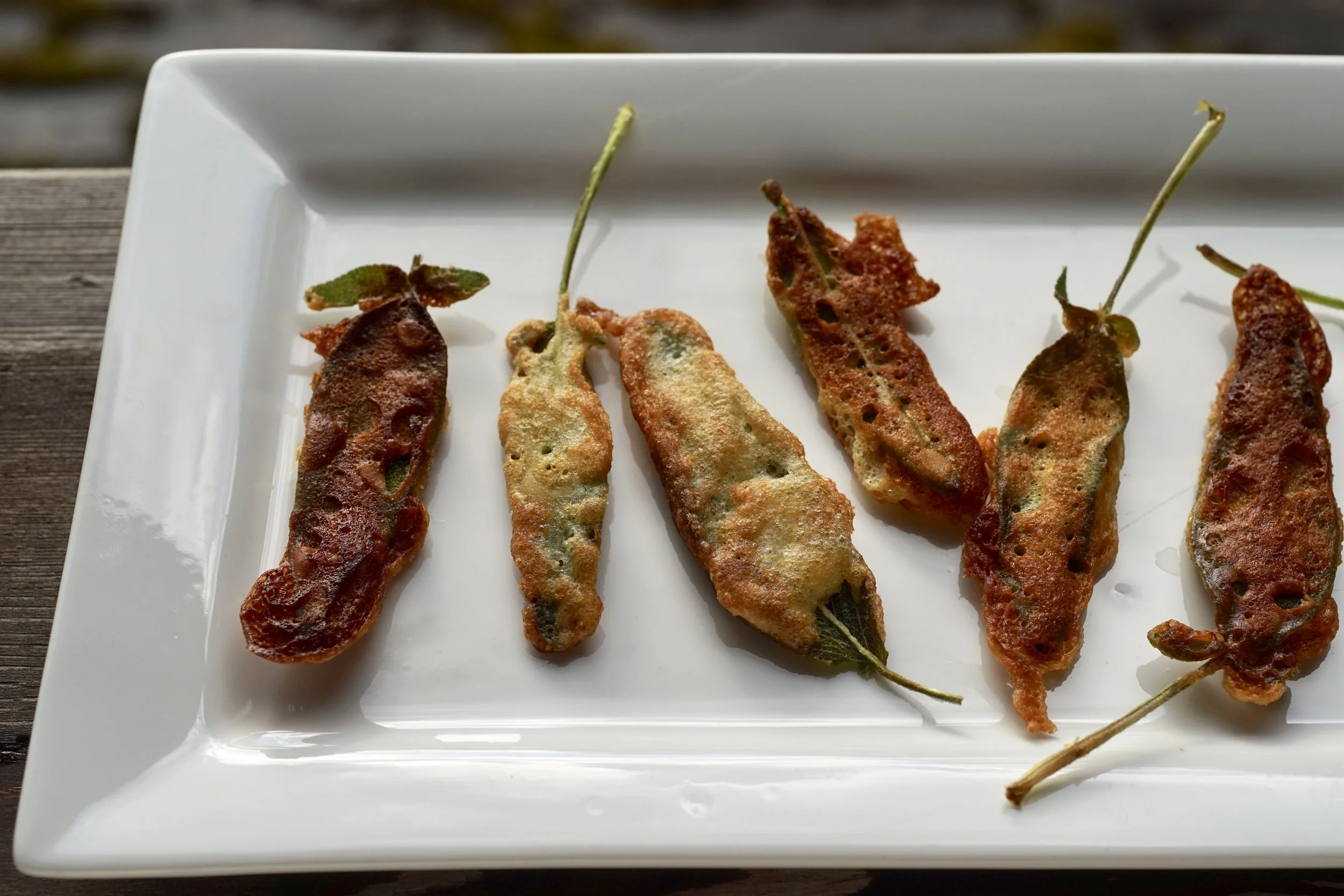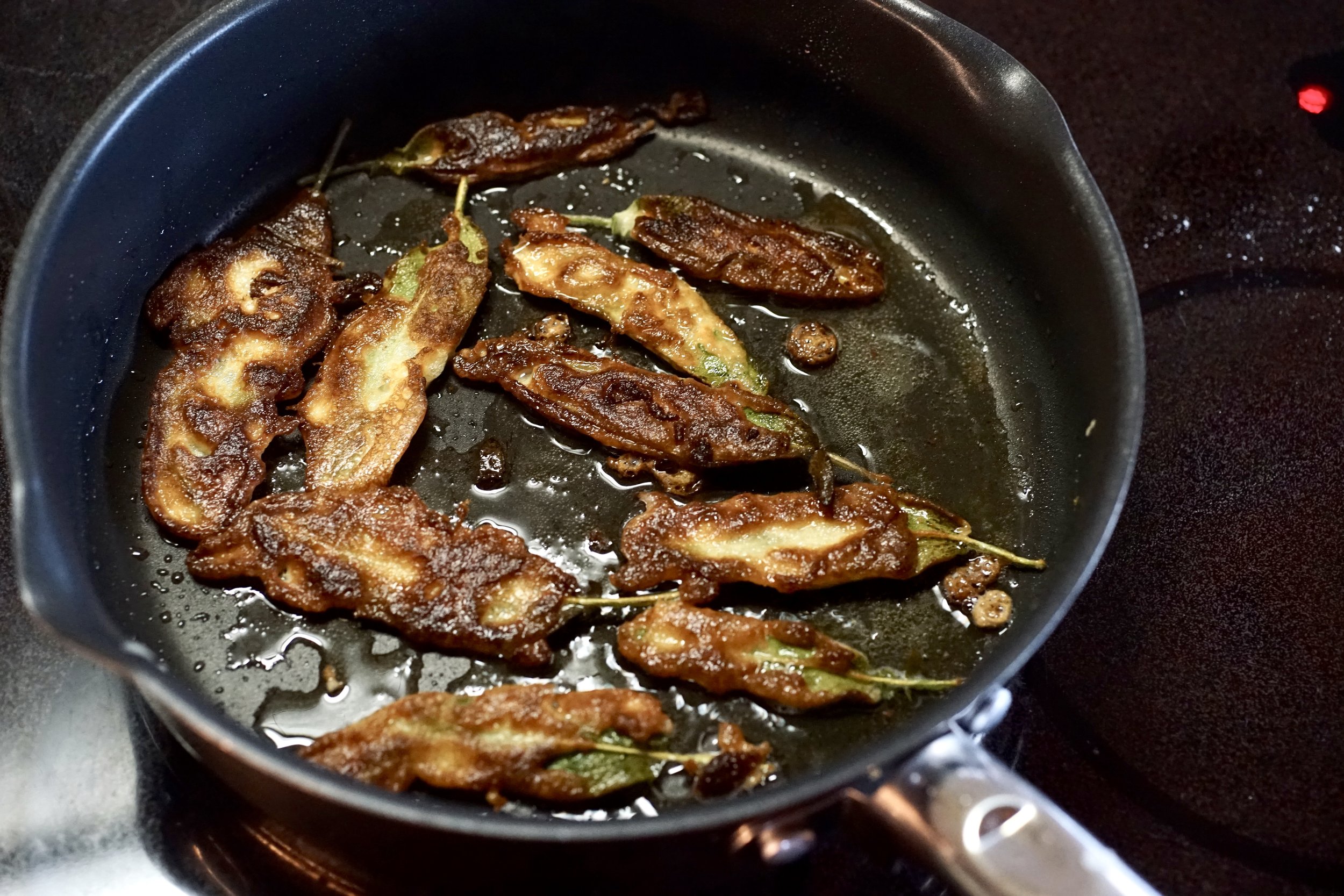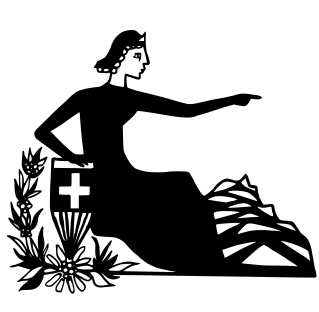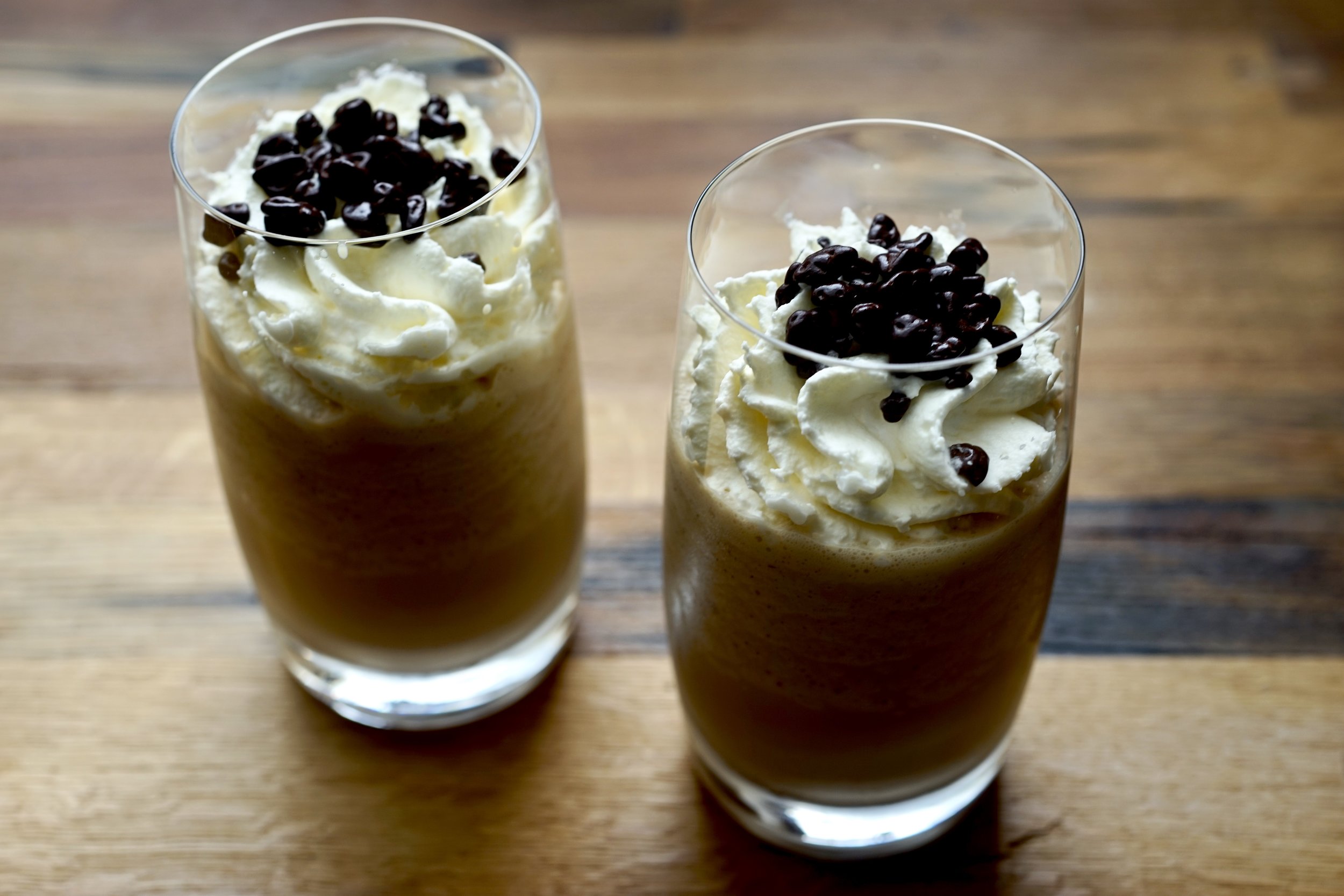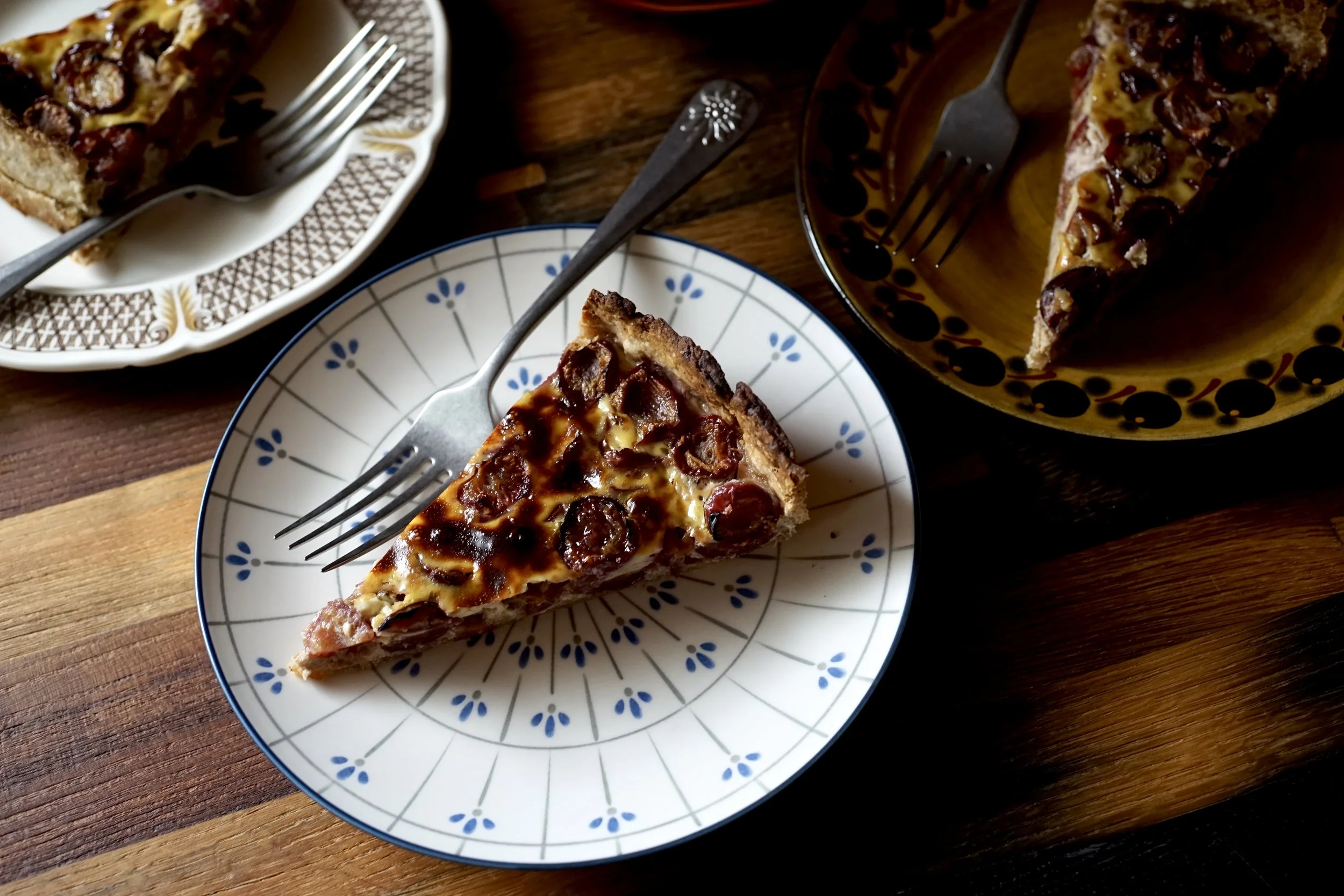Salbeimüsli
A classic dish that has been around for centuries, these fried sage leaves whose name translates to “sage mice”, are so called because they resemble the little critters, with the stems as tails.
My mother-in-law, Josy, remembers her mother making them for dinner, but Marianne Kaltenbach, grande dame of the Swiss kitchen, also suggests them as Apéro fodder, a side to go with meat or fish, or for Znüni, sprinkled with cinnamon sugar.
They were first recorded in literature of the 16th century, and even Swiss literary giant Gottfried Keller has his Frau Hediger dip a handful of sage in batter and fry it in hot butter in his Das Fähnlein der sieben Aufrechten from 1860.
I particularly love these crispy little critters because they allow me to use the glut of sage I have in the garden. As Josy says, you can only have so much Saltimbocca, and otherwise much of the glorious sage might go to waste.
I made my batter using a local beer, Entlebucher’s new Märzen, slightly dark and a bit fruity (and the perfect pairing to dip and drink with the sage).
There are lots of slightly varying recipes, some use a lot more eggs and flour, while some throw white wine in the mix and beat the egg whites. The historic recipe collection at doazmal lists five different variations, some simply suggesting the sage leaves be dragged through Omelettenteig (omelette batter).
Marianne Kaltenbach has her own version with wine, leaving out the egg yolks altogether to promote crispiness. The recipe here is probably closest to the Müslichüechli (mouse cakes) from Die grosse Schweizer Küche, a great cookbook full of classic Swiss recipes, modernized.
150 ml beer
100 ml milk
1 egg
salt and pepper
1 tsp baking powder
150 g flour
around 40 sage leaves, washed and dried
Bratbutter (clarified butter) for frying
In a large bowl, whisk together the beer, milk, egg, salt and pepper.
Sift in the baking powder and flour while whisking continuously.
In a large frying pan, heat the butter over medium high heat until spluttering.
Drag the sage leaves through the batter, then fry until crispy and golden.
Once fried, place them on paper towels to remove a little of the execess fat, then serve immediately.
The best fat to use is clarified butter. In Switzerland this is called Bratbutter/beurre à rôtir/burro per arrostire and is found in most supermarkets. This allows you to cook at a higher temperature because the milk solids that burn easily have been removed. If you don’t have this you can use lard (ask your local butcher for Schweinefett), or just heat oil in the pan and add a little butter for flavouring.
One variation sprinkles the fried leaves with cinnamon sugar and serves them with Milchkaffee.
Pair the mice with
Hugo

